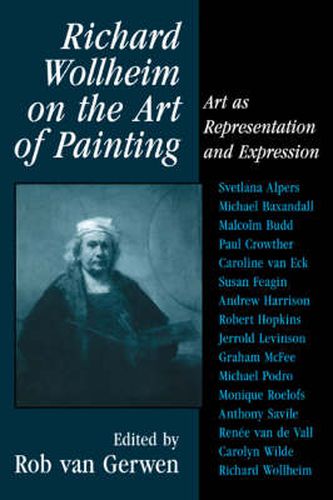Readings Newsletter
Become a Readings Member to make your shopping experience even easier.
Sign in or sign up for free!
You’re not far away from qualifying for FREE standard shipping within Australia
You’ve qualified for FREE standard shipping within Australia
The cart is loading…






Richard Wollheim is one of the dominant figures in the philosophy of art, whose work has shown not only how paintings create their effects but why they remain important to us. His influential writings have focused on two core, interrelated questions: how do paintings depict? And how do they express feelings? In this collection of essays a distinguished group of thinkers in the fields of art history and philosophical aesthetics offers a critical assessment of Wollheim’s theory of art. Among the themes under discussion are Wollheim’s explanation of pictorial representation in terms of seeing-in, his views of artistic expression as a type of complex projection, and his notion of the internal spectator. In the final essay Wollheim himself responds to the contributors. This book will be eagerly sought out by all serious students of the theory of art, whether in departments of philosophy or art history.
$9.00 standard shipping within Australia
FREE standard shipping within Australia for orders over $100.00
Express & International shipping calculated at checkout
Richard Wollheim is one of the dominant figures in the philosophy of art, whose work has shown not only how paintings create their effects but why they remain important to us. His influential writings have focused on two core, interrelated questions: how do paintings depict? And how do they express feelings? In this collection of essays a distinguished group of thinkers in the fields of art history and philosophical aesthetics offers a critical assessment of Wollheim’s theory of art. Among the themes under discussion are Wollheim’s explanation of pictorial representation in terms of seeing-in, his views of artistic expression as a type of complex projection, and his notion of the internal spectator. In the final essay Wollheim himself responds to the contributors. This book will be eagerly sought out by all serious students of the theory of art, whether in departments of philosophy or art history.